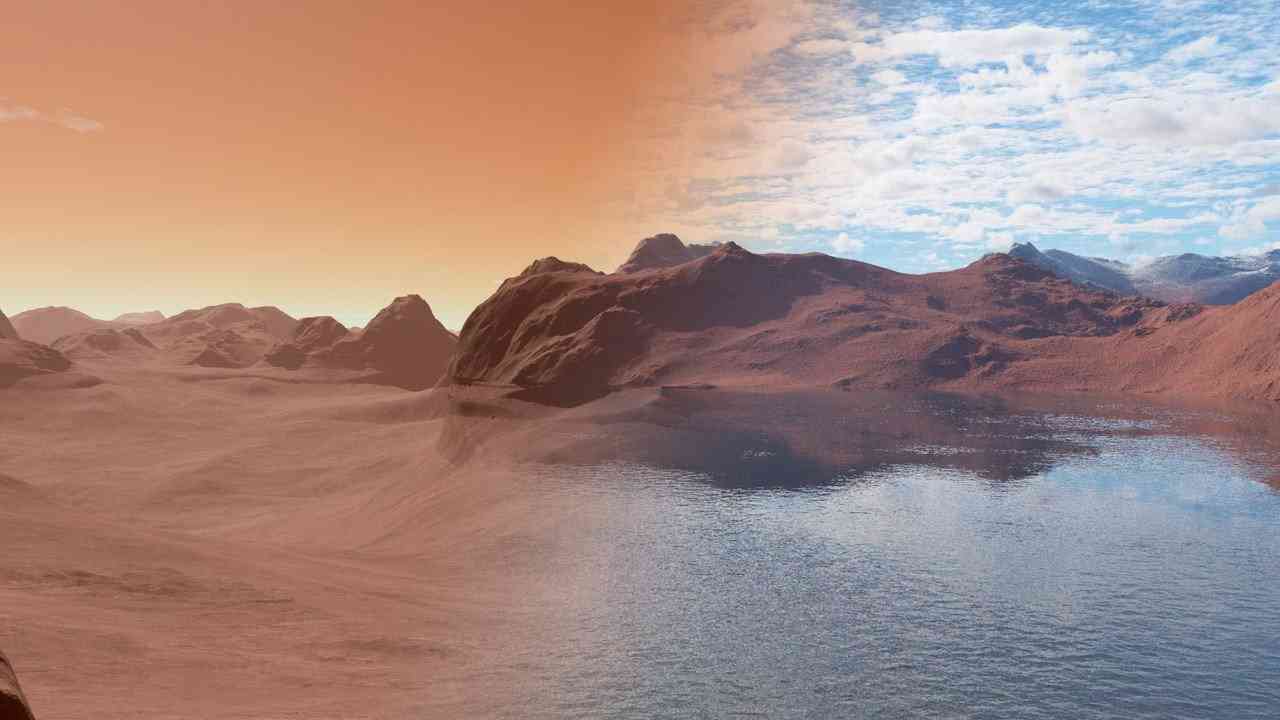Red Planet Day: Mars, also known as the Red Planet due to the colour of its soil, is the fourth planet from the Sun and Earth’s neighbour, with the potential to someday host humankind. Humans have long attempted to unravel the mysteries of Mars, and Red Planet Day is observed annually to commemorate the November 28, 1964 launch of Mariner 4, the first spacecraft to land on Mars.
The Mariner 4 spacecraft was designed to collect data during fly-bys and transmit it back to Earth. On July 14, 1965, the spacecraft completed a flyby of Mars after nearly eight months of travel. Mars, named after the Roman God of War, continues to captivate humanity centuries after its discovery, despite having a thin atmosphere primarily composed of carbon dioxide. So, on this special day, let’s look at some fascinating facts about Mars.
The Solar System’s tallest known mountain Olympus Mons, Mars’ largest volcano, is also the tallest mountain in the solar system. This massive mountain is approximately 16 miles (25 kilometres) tall and 373 miles (600 kilometres) in diameter. Though it may have formed billions of years ago, evidence from its volcanic lava suggests that it is still active, according to many scientists.
Red Planet Day 2022: Date, History and Importance
In the future, there could be an orbiting ring. Scientists believe that gravitational forces will eventually split Phobos, Mars’ largest and most mysterious moon. This will cause a debris field to form, which will eventually settle into a stable orbit and form a rocky ring around Mars, similar to Saturn and Uranus.
Landmass similar to Earth Surprisingly, despite being roughly half the size of Earth, Mars’ surface has nearly the same area as Earth’s dry land. Furthermore, Martian surface gravity is only 37% that of Earth’s, implying that you could leap nearly three times higher on Mars.
Mars has sent parts of itself to Earth. Planetary fragments are ejected over time as celestial objects such as large asteroids collide with them. These impacts generate massive amounts of ejecta, which can launch objects into space if the impact is powerful enough. As a result, fragments of Mars have previously landed on Earth. These tiny pieces of rock, known as ‘Martian Meteorites,’ have miraculously made their way to Earth.
Mars’ frozen ice may have once been liquid. The presence of water on a planet is thought to be one of the essential prerequisites for life. The findings, published in the journal Nature Astronomy, provide the first independent line of evidence that there is liquid water beneath Mars’ south pole, using data other than radar.


















